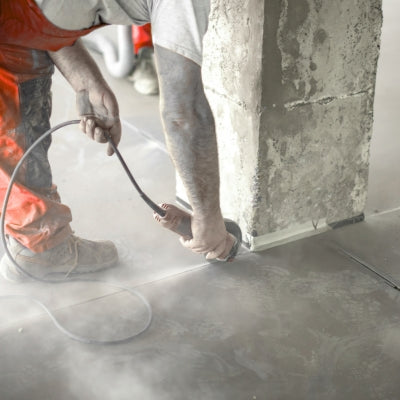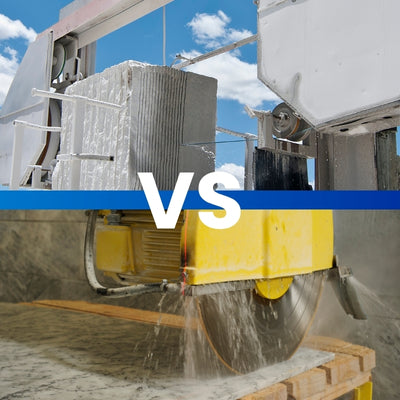
Share
Diamond trenching: how to lay optical fiber.
With the Diamond trenching technique it is possible to perform an excavation for the installation of optical fiber faster than traditional methods and with fewer problems for traffic and roads.
The Swedish company Nextec System has in fact developed an advanced working methodology. Achieving a balance between installation speed, quality and durability. The heart of this technology is a micro-trenching machine.
Diamond Micro Trenching: What is the Added Value?
The traditional microtrench system is a great technology that offers many advantages in terms of speed and production capacity. However, this technology still has many negative aspects related to problems of use that cause many inconveniences to traffic and filling of the excavation.
Nextec Systema has developed a technology that can keep the advantages of the traditional micro trench while eliminating its critical issues. The first step was the use of diamond discs instead of the “peaked” discs in hard metal. This change has brought an increase in productivity with 1/1.5 ml/minute of cutting and the installation of a high number of ducts.
This technology also allows the excavation to be filled during the same work shift.
The advantages of diamond cutting for optical fiber.
It is essential to diversify the traditional micro trench with hard metal discs and diamond trenching technology. First of all, diamond trenching machines work with an average of 900 rpm, while the classic traditional cutters are at 200 rpm. The real advantage of using a diamond wheel is the cutting quality: Clean, uniform cut. Diamond wheels make the trench clean and with solid edges, greatly facilitating the subsequent filling process.
Diamond trenching: four essential steps.
Nextec describes its working methodology in four key steps. Fundamental to have an effective working process with the diamond trenching technique.
Planning of micro trench for optical fiber.
The first fundamental step is planning. In this phase the project is analyzed with respect to the environment and the existing infrastructure. The excavation routes are identified and identified by spray painting the route. To have greater guarantee the operator is equipped with GPR in order to guarantee the depth of the existing systems. In this phase the logistic planning and the quantities of material necessary for the work are also carried out.
Diamond trenching: diamond cutting for micro-trenching
The second step is the cutting phase which occurs only through the use of diamond discs and/or diamond grinding wheels for asphalt with diameters and thicknesses useful for the width and depth of the excavation.
Since 1960, Nord Srl has been producing diamond tools for construction. If you are interested in learning more about the use of these tools, write to us at sales@lanordsrl.it or use the WhatsApp chat on the website. La Nord srl diamond wheels for asphalt have standard thicknesses of 8mm, 10mm, 12mm, 15mm, 20mm.
As for cable laying, it is possible to install up to 14 ducts (14mm diameter).
Fiber optic trench filling
The third fundamental step is the filling operations. Nextec uses urban-inject which is a lime-based liquid with adjustable viscosity. This material penetrates all the cavities enclosing all the laid ducts. The specifications of compressive strength and load-bearing capacity are also adjustable to meet the demands of customers and road authorities.
The volume of this liquid is mixed by an on-site pump. This work allows a clear reduction in the estimated amount for filling and the complex work of planning and delivery. The Nextec teams assigned to filling are composed of two workers, a mixing pump and a loader. A team composed of this type has the filling capacity of two urban trenchers.
Restoration of the road surface
The last step is to reintegrate the road surface. The material used is a thermoplastic mix that does not need to be packed once the cut is filled. This is essential for small cuts, because dancing a 30mm cut is not easy and it is very risky to damage the surrounding surface.
This thermoplastic material is installed at a temperature of 185/200 degrees. This temperature guarantees excellent adhesion of the material to the existing asphalt.
Diamond wheels for microtrenching
If you are interested in learning more about these technologies, we recommend reading all the specifications reported by Nextec on their website. As for diamond products, we remain at your disposal should you need standard or custom-made microtrench products.
Our diamond tool manufacturing company can guarantee you custom-made products that precisely meet the excavation width and height requirements prescribed by the client.



